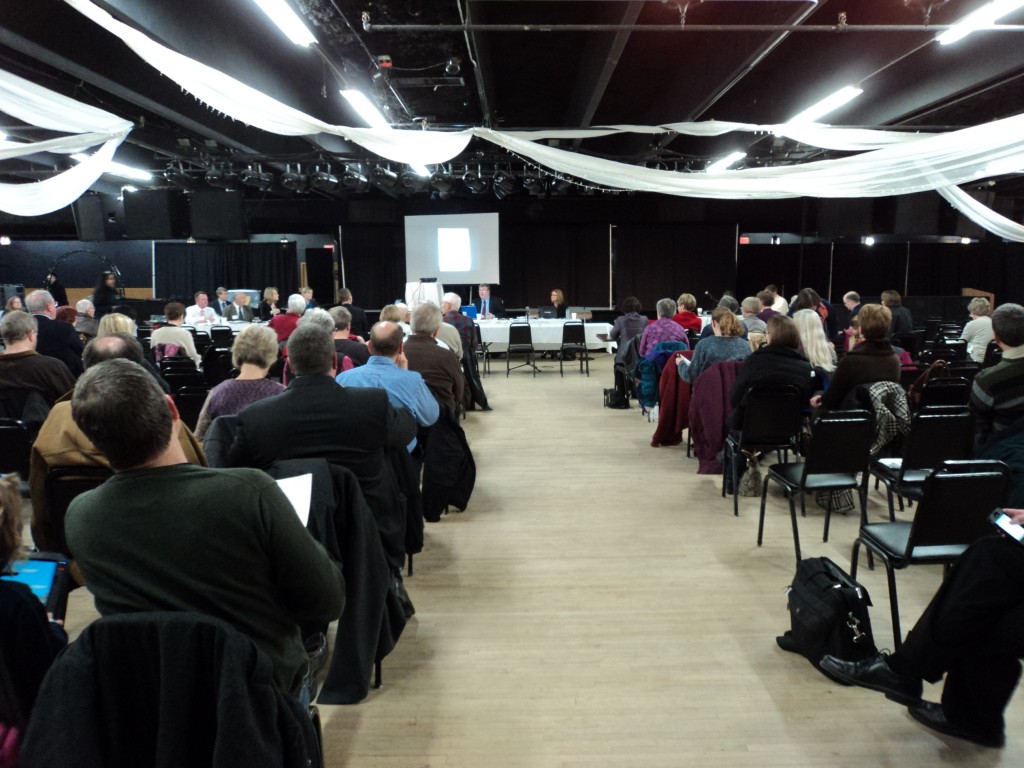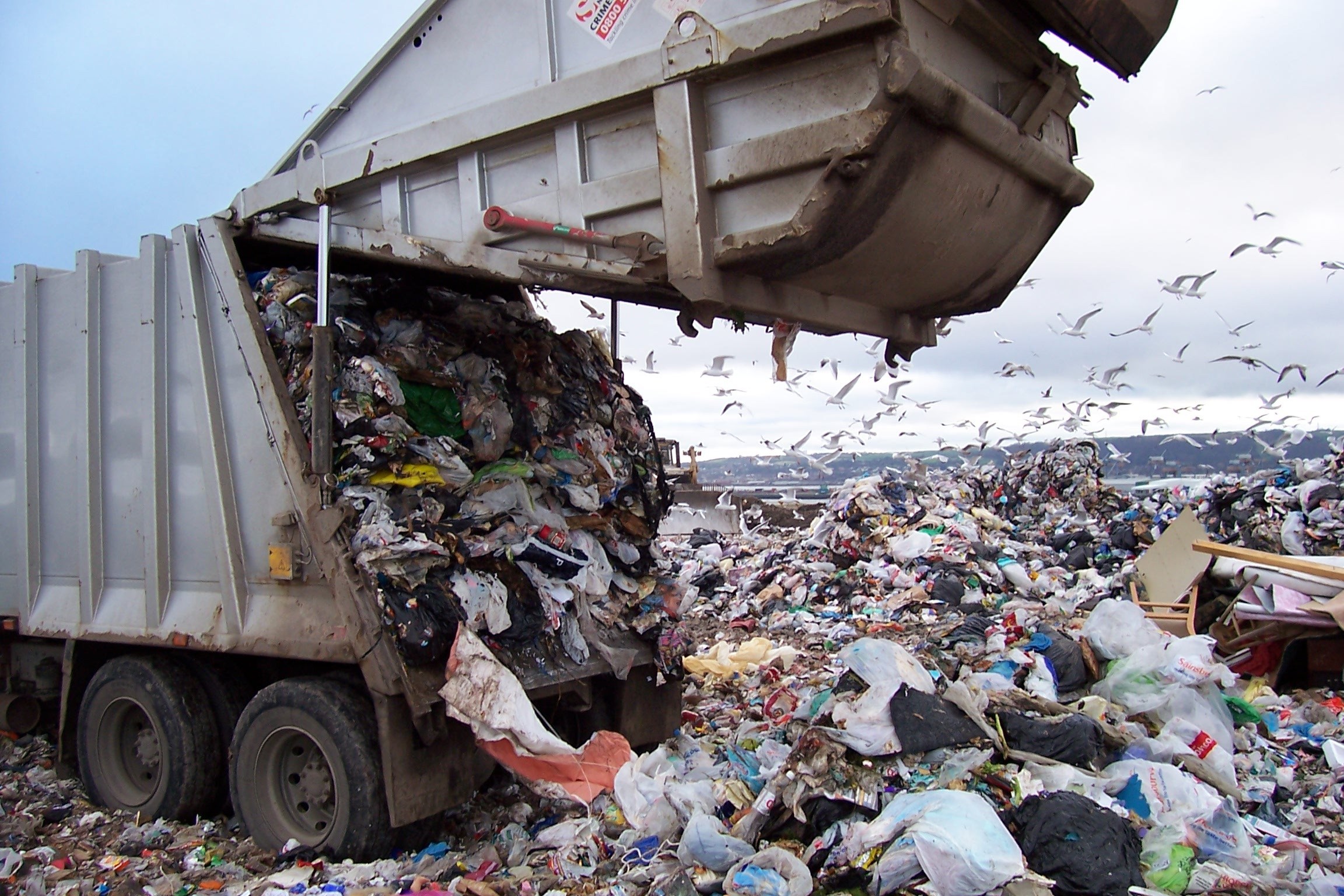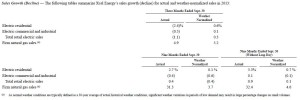GRE to dump garbage incineration on the public?
July 9th, 2018

Remember when the site of the Elk River garbage burner was a nuclear demonstration plant? I do, because my father worked on parts of the design for that plant, and characterization after it was operational — I played with the geiger counter as a kid, and the rest is history. Technical difficulties at the Elk River Nuclear Station were many. It was shut down and decommissioned in the early 1970s. Today, that site is now a garbage incinerator.
Remember just one year ago, Xcel Energy going to the Public Utilities Commission to terminate their garbage and turkey shit burning Power Purchase Agreements?
GRE now wants to do the same, and is considering, and is likely to, shut down its Elk River garbage burning operation. News from Elk River, the red highlights are mine, and (red comments in parens are mine). If you get confused what’s what, click on link for original article:
Garbage project closure pondered
Great River Energy would like Elk River Resource Recovery Project to become publicly owned
Rulemaking Initial Comments – Minn. R. Ch. 7849 and 7850
May 12th, 2017

The Minnesota Public Utilities Commission rulemaking for Minn. R. Ch. 7849, Certificate of Need, and 7850, Routing and Siting, is slowly moving forward. Here are the final drafts up for review before they go to the Commission for a rubber stamp and release for general comment:
Final initial comments on drafts were due on Monday and here they are, in alphabetical order:
20175-131687-01_Goodhue Wind Truth – Marie McNamara
20175-131650-01-1_Great River Energy
20175-131683_ITC Comments and Attachments
20175-131686-01_NoCapX – U-CAN – NRG & GWT
Reply comments are due by 4:30 p.m. on May 31, 2017. eFiling is preferred! If you need to register to eFile, GO HERE! It’s easy, quick, and makes filing a breeze. Get to work — there’s a lot here to comment on!
Menahga Transmission Comments just filed
November 2nd, 2015
Hot off the press, just filed:
Whew, now back on the road!
Others filed today:
Electric demand is down… down… DOWN!
October 28th, 2013
What’s new? Well, Xcel Energy has announced its 3Q results and the 2013 demand just keeps going down!
From Seeking Alpha, the 3Q call transcript (emphasis added):
Kit Konolige – BGC Partners, Inc., Research Division
On the — your sales growth outlook, I believe you said that you are expecting 0% to 0.5% in 2013. Can you discuss the breakdown by states on that and maybe any color about commercial versus industrial versus residential? And also give us a view of the longer term sales outlook that you’re seeing at this point?
Teresa S. Madden – Chief Financial Officer and Senior Vice President
Well, sure, Kit. Let’s start with the 2013 by the states. Minnesota, we’re still projecting a decline of about 1.2%. In NSP-Wisconsin, just a slight decline. And then the other 2 jurisdiction, PSCo slightly up and SPS at about 1.2% range. But all of it netting to within the — up to 0.5%. When we look to the future, we’re looking at about, as we indicated in our guidance up to 0.5%, those are narrowing, not such a great degree in terms of the decline in NSP-Minnesota. In terms of the various classes of customers, it does vary by jurisdiction. I will say that C&I, we see the most growth in Texas with the oil and gas industry boom.
CLICK HERE FOR FULL TRANSCRIPT.
Let me repeat that tidbit:
Minnesota, we’re still projecting a decline of about 1.2%. In NSP-Wisconsin, just a slight decline.
And as we know too well, the CapX 2020 transmission project taking over Minnesota is based on their wishful-thinking projections of a 2.49% annual increase.
From Xcel Energy’s own investor page (click to enlarge):
Here’s the full 10-Q (above from p. 50):
Someone remind me — why are we paying to build this CapX 2020 transmission project?
Hollydale Project public hearings!
March 7th, 2013
 Today the public hearings continue for the Hollydale transmission project.
Today the public hearings continue for the Hollydale transmission project.
1:30 p.m. at the Medina Ballroom on Hwy. 55
It’s a 115 kV line proposed for Plymouth and Medina through people’s yards — not a good idea. DUH!
For the full docket, go to the PUC’s Search Docket Page and search for 12-113.
Here’s how they present it in Figure 2 of the Certificate of Need application:
But here’s what it really looks like:
I’m representing a family that lives west of the “Focused Study Area” who just moved to Medina and were surprised by this project — no notice that it was proposed — and are challenging need for the project, and if need is demonstrated, supporting the A-2 distribution system alternative, an upgrade of the 13.8 kV system to 34.5 kV, distributed generation at the load along the area highways, and a combination that would address any demonstrated need:
The parties had a phone conference Monday about Xcel Energy’s request to delay the evidentiary hearings (we aren’t formal parties at this point and weren’t invited, but thanks to “plays well with others” Xcel for the heads up about it):
And the response from Western Plymouth Neighborhood Alliance:
It’s odd delaying a project hearing for a bill that’s speculative, who knows if it might pass or not. But it’s delayed, the evidentiary hearing, that is, until May or June sometime, after the legislative session is over, and details remain to be worked out. I’d guess Xcel Energy has other reasons not to go forward with the evidentiary hearing on need for this line…





